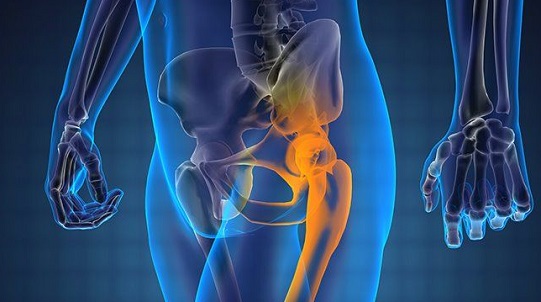Pinpointing Pain – Separating Cancer-Related Pain From Treatment Side Effects
Pain is a common symptom experienced by cancer patients, but determining whether it stems from the disease itself or results from side effects related to treatment can be challenging.
This article explores the importance of accurately identifying the source of pain in patients with cancer, its impact on their quality of life, and the strategies employed to differentiate cancer-related pain from treatment collateral damage.
- Top USA Facts
- Warm Winter Vacation Destinations in the USA
- Dog-Friendly Vacations in the United States
Understanding the complexity of cancer-related pain
Cancer-related pain may arise from the tumor itself, metastasis to other sites, or the various treatment modalities used to combat the disease.
Differentiating between these sources is important in order to optimize effective pain management and the welfare of patients. Cancer pain can manifest in a variety of forms, such as acute or chronic pain, neuropathic pain, or bone pain, each requiring a tailored approach to evaluation and treatment.
Challenges in identifying sources of pain
Differentiating cancer-related pain from treatment-related side effects can be complicated because of overlapping symptoms and the potential influence of multiple factors.
Patients may experience pain as a result of surgery, chemotherapy, radiation therapy, or other interventions. Furthermore, cancer treatment can cause collateral damage, leading to complications such as peripheral neuropathy, mucositis, or organ-specific toxicity, which may contribute to pain.
Effects on quality of life
Uncontrolled pain significantly affects the patient’s quality of life, limits physical function, causes emotional distress, and affects overall well-being.
Accurate identification of the source of pain is essential for formulating treatment plans, improving pain management strategies, and enhancing patients’ comfort and quality of life.
Addressing pain-related issues may promote better treatment adherence and overall satisfaction with care.
Multidimensional Approach
Medical professionals are adopting a multidisciplinary approach to better understand and manage cancer-related pain. This involves collaboration between oncologists, pain specialists, the palliative care team and allied health professionals.
Comprehensive pain assessments, which consider the patient’s medical history, physical examination, imaging studies, and subjective reporting, are critical to accurate diagnosis and treatment planning.
Advanced Imaging Techniques
Advanced imaging techniques, such as positron emission tomography (PET), magnetic resonance imaging (MRI), and functional imaging, are being used to help identify the source of pain.
These imaging modalities may help to differentiate between cancer-related pain and side effects of treatment, providing valuable insight into the underlying mechanisms and guiding targeted interventions for pain management.
Personalized Pain Management
The concept of personalized pain management is gaining traction in oncology. Tailoring treatment plans to address individual patient characteristics, pain etiology and treatment goals is essential to optimize pain control.
This may include a combination of pharmacological interventions, traditional procedures, physical therapy, psychological support, and complementary approaches such as acupuncture or mindfulness techniques.
Conclusion
Tracing the source of pain in cancer patients is a complex task that requires a multidisciplinary approach and advanced imaging techniques.
Accurate identification of cancer-related pain versus treatment collateral damage is critical for implementing effective pain management strategies and improving patients’ quality of life.
Through ongoing research, collaboration, and individualized approaches, medical professionals are striving to enhance pain assessment, optimize treatment options, and provide holistic care to reduce pain and improve outcomes for cancer patients..

